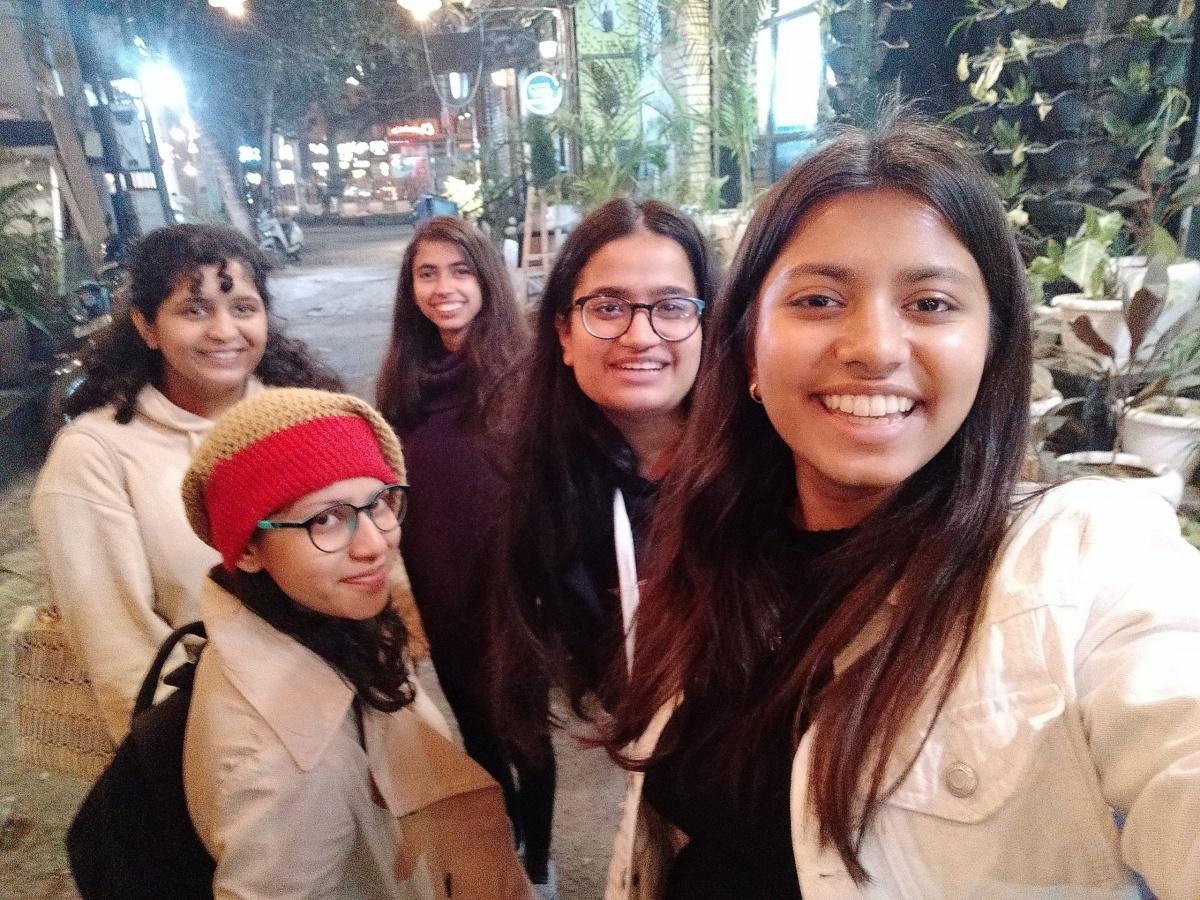I recently spent some time working as a peacebuilder in a camp of Rohingya Refugees and Indian Migrants. I saw first-hand the proof of a troubling truth; in humanitarian situations, disadvantaged and marginalised groups suffer the most. Existing vulnerabilities are exacerbated during and after a crisis. Gender identities with their socially ascribed roles and responsibilities put women and LGBTQ+ people at the margins, even of emergency response.
Everyone in the camp was under constant threat of relocation. Everyone in the camp was suffering from uncertainty, lack of proper drainage facilities, poorly constructed houses, and insufficient rubbish disposal. Everyone was suffering to make a living. All this led to the emergence of secondary conflicts in the form of inter-community tensions based on differences in culture and language.
I worked with a team of five others, on a peacebuilding project that aimed to transform and negate conflict. We did this through imparting education to the children and holding wellness and awareness sessions for the community. While conducting classes, we observed a decreasing number of female students. Why?
Women and girls in the camp were expected to balance household chores alongside their classes. Women and girls carried their distracting younger siblings. It was difficult to develop direct and regular contact with the women and to reinforce their own abilities due to the potential backlash, and domestic violence, from male family members.

The author and her team of peacebuilders.
Being a team of five female peacebuilder with just one male counterpart also produced its own difficulties. Whilst it was comparatively easy to speak with women, it was difficult to communicate with the male community leaders and Mawlawi from the Madrasa due to traditional practices, and underlying power dynamics.
At times, they refused to send the community children to attend classes and despite having the willingness to send their children to study, women were unable, given their subordinate status to make these sorts of decisions.
Addressing gender-based disparities was always a part of our work. We included aspects of gender in the curriculum, started talking to women and children to make them realise their rights, and tried to mobilise them, but there were many limitations.
Gender stereotypes, rooted in social and cultural practices, are interwoven with other factors such as class and ethnicity that tend to get worsened when met with crisis situations such as forced migration. Therefore, it will require long, persistent efforts to improve life for these women.

The author and her team delivering sessions in the camp. Photo thanks to Youth for Peace International, Delhi.
The nature of these efforts in humanitarian settings compared to development settings is marked. Aid in the camp generally focused on providing immediate relief. Where it did try to address long term concerns the focus was on economic and political improvements that took gender as a secondary concern.
Many women in the camp worked but their limited salary and the sense of insecurity due to the lack of proper identity cards maintained their vulnerability. This is enough to realise that economic empowerment is imperative but not a panacea to all the problems.
There was also a tendency towards fragmentation, with organisations dealing with specific issues and lacking a holistic approach. For instance, imparting education although beneficial, may not have a direct influence on the economic status of family. These difficulties are compounded by the non-availability of context-specific data to build coherent strategies.
To effectively improve life for women and girls in humanitarian crises, a slow and steady approach that doesn’t frustrate community members is required. A balance needs to be maintained between respecting the sentiments of the community and not reinforcing existing fault lines.
This requires better training for workers to prepare them mentally and physically to meet adverse situations, and respond effectively. When addressed, this will help in a more inclusive, effective, and efficient response with a right-based approach that not just provides immediate relief but helps in building the foundation for an empowered and equitable society.
This article was originally published by Restless Development on August 19, 2020. Written by Jigyasa Gulati. Link to original article here.


